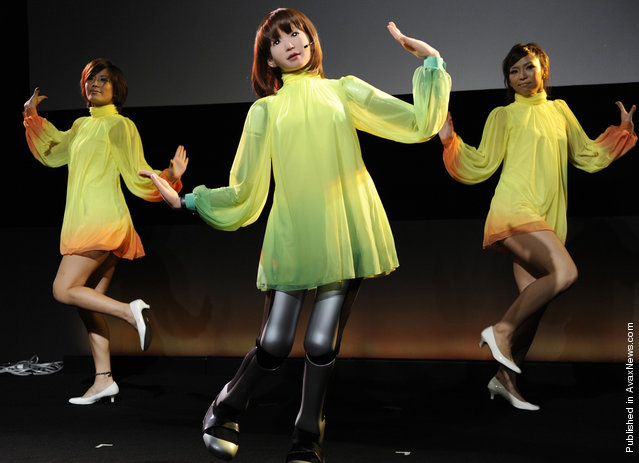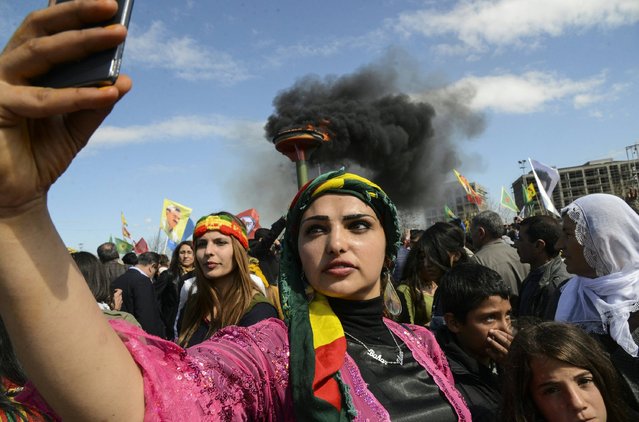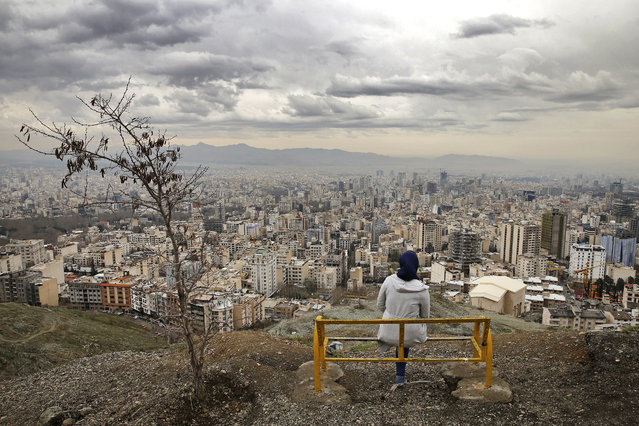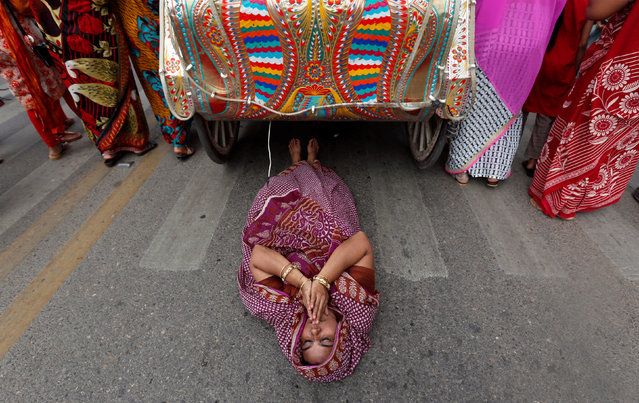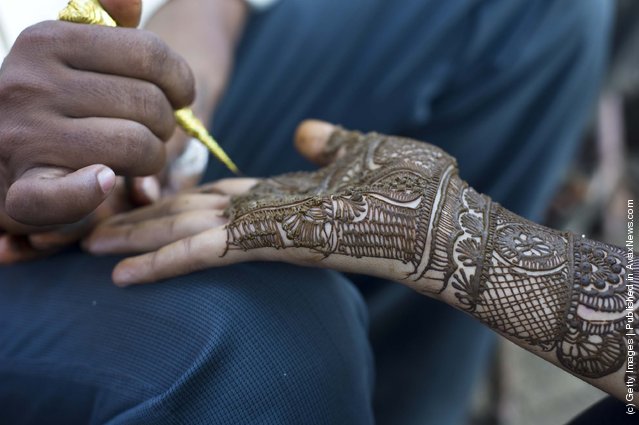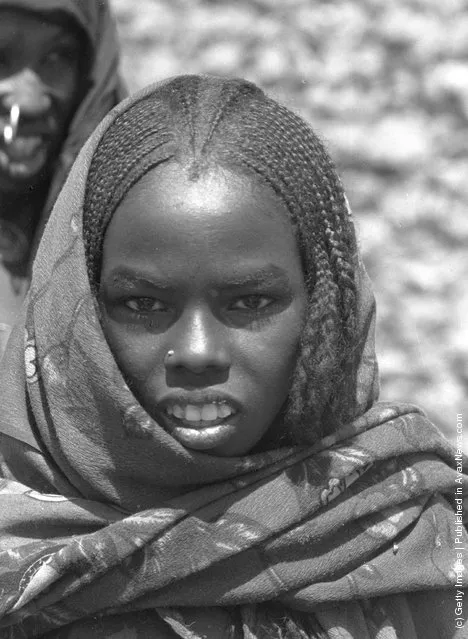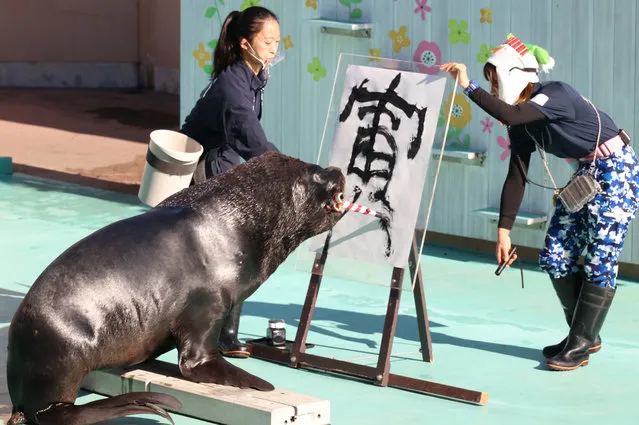
A male sea lion Leo writes the word of tiger in Chinese character at a New Year's attraction to celebrate the Year of the Tiger at the Hakkeijima Sea Paradise aquarium in Yokohama, suburban Tokyo on Monday, January 3, 2022. The calligraphy attraction by the sea lion will be carried through January 31. (Photo by Yoshio Tsunoda/AFLO/Rex Features/Shutterstock)
04 Jan 2022 07:54:00,post received
0 comments

